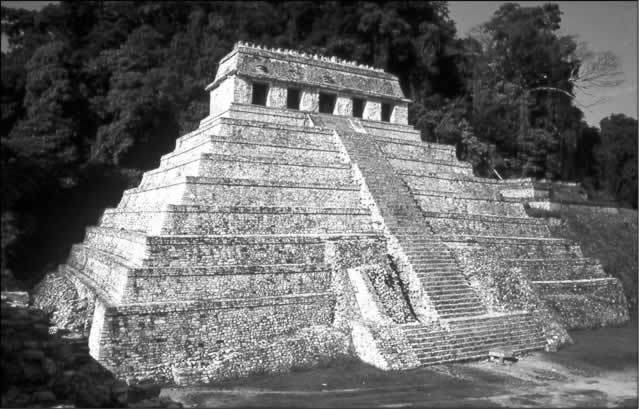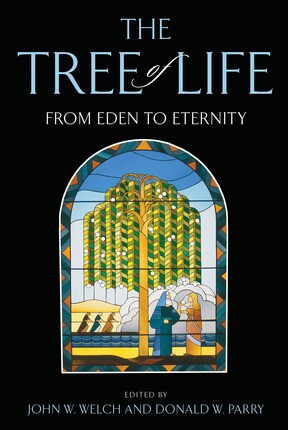The Maya believed that carved stone monuments, painted walls, and woven textiles were far more than mere decoration. They were living objects, each bearing a soul. Maya art, therefore, did not mimic reality; it was a sacred reality in itself, a kind of frozen ceremonial act created and given life by the artist in much the same way that the gods themselves created the world.
A spectacular example of this kind of “ensouled” art from the Classic Maya world is found on the sarcophagus and surrounding tomb chamber of another powerful Classic Maya king, K'inich Janab' Pakal I of Palenque (a major site in Chiapas, Mexico), who lived from A.D. 603 to 683.
K'inich Janab' Pakal became king at the young age of twelve in A.D. 615. He led a remarkably long life for a Maya ruler—ultimately dying at eighty years old on the undoubtedly hot tropical day of August 31, 683. Pakal’s building of his own funerary pyramid-temple was somewhat unique because this was a task usually carried out by the king’s son. Today it is known as the Temple of Inscriptions (see fig. 18), the name referring to the long hieroglyphic text within its sanctuary, one of the longest known from the Maya world.
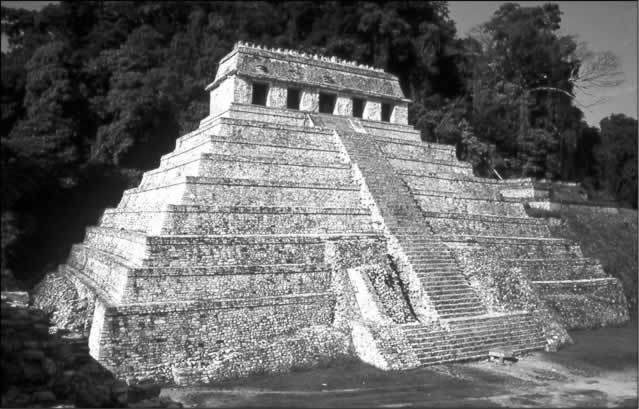
Fig. 18 Temple of Inscriptions, Palenque
Although the site of Palenque has been known by non-Maya since at least the 1700s, it was not until after World War II that the inner tomb chamber was discovered by Mexican archaeologist Alberto Ruz Lhuillier. In 1949 he noticed that the rear wall of the temple’s upper sanctuary extended below the flagstones, somewhat unusual for Maya construction. In addition, he noticed a number of plugged holes carved into one of the flagstones. His workmen joked that perhaps they were finger holes for a trapdoor—unlikely for a slab of limestone weighing several hundred pounds. Nonetheless, the stone intrigued him, and he succeeded in lifting it, revealing the upper tiers of a stairway that led deep into the pyramid’s interior. After four seasons of digging out the tons of rubble that the ancient Maya had placed to seal the passage, Ruz and his workmen were able to clear an upper flight of forty-five steps (see fig. 20), as well as another flight of twenty-one steps that doubled back toward the center of the pyramid’s ground-level base.
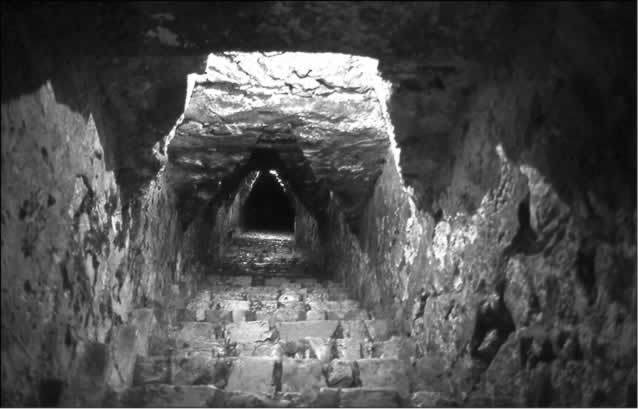
Fig. 20. Upper flight of steps, Temple of Inscriptions, Palenque
The actual crypt at the base of the stairway was opened on June 13, 1952. The archaeologists discovered an elaborate tomb chamber whose walls were adorned by stuccoed images of Pakal’s ancestors dressed in full royal regalia. The crypt is dominated by a massive sarcophagus covered by a fifteen-ton slab of intricately carved limestone (see fig. 21).
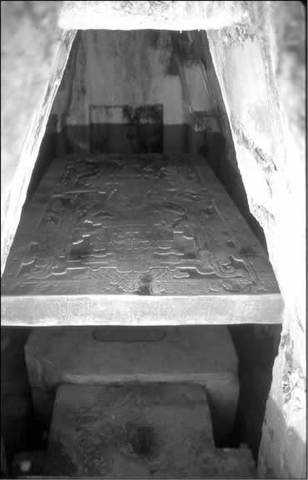
Fig. 21. Tomb Chamber of K’inich Janab’ Pakal, Temple of Inscriptions, Palenque
This monument is so well preserved that one can still see the slight incidental scratches and tool marks of its carvers. In some ways it is as if it had been carved only the day before. The sculptors of Palenque were masters, among the finest anywhere in the Maya world, and the sarcophagus lid of Pakal is a masterwork justly ranked as one of the most beautiful Maya carvings to have survived from antiquity. It is also one of the most theologically rich in its depiction of the cycle of royal death and rebirth, particularly as it is expressed through the metaphor of the World Tree that occupies much of the lid’s surface.
The World Tree and the Tree of Life
The tree on the sarcophagus lid is no ordinary tree. It is marked with the profile head of God C, seen on the lower left corner of the trunk, a symbol that the Maya use to identify objects that are profoundly sacred. At first glance the tree looks like a cross, leading early Spanish priests who saw similar trees in the monumental art at the site to conclude that they were Christian crosses. But the Maya were careful to identify the motif as a tree. The trunk and each of the three branches are marked with curving double lines with two attached beads, the glyphic sign for te (tree); they are also marked with shining mirror signs, the triple-lined motif with cross-hatchings, indicating that the tree shines with reflective light, analogous to the bright surface of highly polished jade, obsidian, or hematite mirrors. Such mirrors were used for at least three thousand years in pre-Hispanic Mesoamerica as a means of prophecy and divination. In Maya art such signs distinguish objects and deities as divine, precious, or the means of passage to the world of the sacred. At the ends of each of the branches of the tree are jeweled serpent heads with squared snouts that curl back on themselves. These represent sacred flowers, likely the flower of the ceiba tree, whose stamens and pollen cores double back in a similar manner.
Atop the World Tree on Pakal’s sarcophagus lid is an odd-looking bird wearing a jeweled pectoral and bearing sacred mirror markings on its forehead and tail. The cut shell on his head and other deity markers identify him as Itzam Ye, the avian form of Itzamna, a sky god and one of the gods who participated in the creation of the world. His name is derived from the word itz, a Maya concept that is difficult to translate into English. Itz is a kind of life-generating power that permeates the fluids of all living things. It may be found in blood, tears, milk, semen, rain, tree sap, honey, and even candle wax. The great Mayanist Linda Schele liked to refer to it as “cosmic ooze, the magical stuff of the universe.”6 Itzam Ye was believed to wield the means to channel this supernatural power so as to give order to the cosmos and set the stage for creation. His presence atop the World Tree, as depicted on the sarcophagus lid of Pakal, indicates that the tree is alive with sacred, life-giving power.
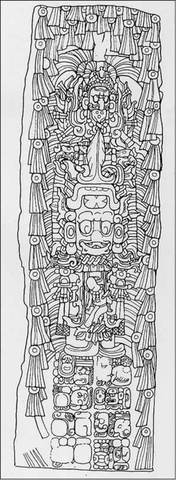
Fig. 28 Sun god and sacred bird Itzam Ye, Copan Stela H (back)
On the sarcophagus lid of Pakal, all around the tree’s branches are symbols for flowers, cut shells (the glyph that in Maya reads yax, meaning “first, new, preeminent”), chains of three jade beads, and the glyphic sign for zero (expressing the idea of completion or wholeness in Maya belief rather than nothingness). These glyphic symbols all express the Maya concept of k'ulel (sacredness), indicating that the tree is surrounded by an ambient atmosphere of sacred space.
The Veil
Winding through the branches of the tree is a great double-headed serpent with glyphs for “jade” all along its body. This is a “vision serpent,” a being that symbolized the pathway by which sacred beings pass from one world to another. The ancient Maya believed that sacred persons such as kings and other members of the royal family carry within them the divine spark of godhood. By drawing blood from their bodies, they released a portion of their divine nature, thereby giving birth to the gods. The symbolic representation of this birth was the opening of the maw of the great vision serpent, through which sacred beings emerged to bestow on the world tokens of power and life. For non-Maya the metaphor for such a portal between worlds would be a veil. For the Maya it was the open jaws of the serpent. Numerous inscriptions and carved panels show royal individuals letting their blood onto fragments of bark paper. This paper was then burned in offertory bowls, sometimes combined with aromatic incense or rubber to accentuate the scent, color, or volume of smoke rising from the flames. The Maya believed that within the smoke of such offerings could be seen manifestations of the World Tree as well as undulating vision serpents, with supernatural beings issuing from them.
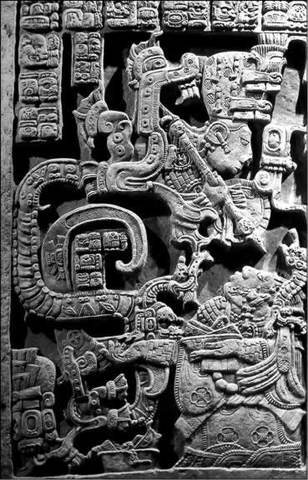
Fig. 24 Yaxchilan Lintel 25, Chiapas, Mexico
Returning to Pakal’s sarcophagus lid, emerging from the jaws of the left-facing serpent’s head is a god named K'awil, the embodiment of divine power inherent in royal blood. From the right-facing serpent’s jaws the god Sak Hunal, the patron deity of the royal family and divine kingship, emerges. Upon accession, Maya kings had a white cloth band tied around their heads with one or three jade images of this deity set over the brow. The god of royal blood thus emerges on the left (western) side of the sarcophagus lid as a token of the sacrifice of Pakal. Sak Hunal emerges on the right (eastern) side as a sign of the dawn or restoration of kingship. This may refer to the rebirth of Pakal himself or to the rebirth of kingship in the guise of his son and successor, K'inich Kan B'alam II.
Death and Resurrection
Also on the sarcophagus lid is a sacrificial bowl (like those used for offertory blood) resting on a head at the base of the tree. The bowl is marked with a large, four-leaf clover–shaped k'in (day, sun) glyphic sign, identifying the head as the sun. The upper portion of the head is fleshed, with the curled pupils in the eyes characteristic of the sun deity. The lower half of the head is skeletal, however. The bony lower jaw bears the tiny holes, or foramina, where nerves and blood vessels once entered the mandible in life. The fleshed upper portion of the sun and the bony lower half indicate that the sun is in transition, half above and half below the horizon. This occurs at both dawn and dusk. This begs the question of which is implied here—sunrise (rebirth, resurrection) or sunset (death and sacrifice)? From the standpoint of Maya theology, it is likely that both are implied simultaneously. The motif suggests that the sun is in transition, the critical moment when life and death are in balance. Death and rebirth are instantaneous, one flowing naturally into the other in endless cycles.
Within the bowl resting atop the sun are four articles associated with blood sacrifice as well as the regeneration of life. The central element is an upright stingray spine, the principal instrument used by the Maya to draw their own blood in ritual offerings. On the left is a sectioned spondylus shell, a bright red spiny seashell that marks the bowl’s contents as holy or precious. It is also symbolic of the entryway into the watery environment of the otherworld. The cut shell is one of the versions of the yax glyph, representing the concept of “first, new, preeminent.” Thus this sacrifice is not just associated with Pakal; it is the first sacrifice carried out at the time of creation. In the Maya world nearly all major rituals are associated with creation and rebirth. Such actions have the power to fold time back upon itself, to transport its participants back to the moment of first beginnings when these actions were first performed. The sacrifice of Pakal is thus linked to the sacrificial acts of the gods themselves, carried out so that the world and life itself could be set in motion.
Pakal himself lies across the sacrificial bowl, indicating that it is the symbolic sacrifice of his body in death that invests the entire scene with its life-giving power. Both he and the bowl are set within the immense jaws of a dragon (with both serpent and centipede characteristics) that rears upward to swallow both the sun and Pakal into the underworld. The lower teeth of the great beast are seen at the base of the composition, while its upper jaws and eyes frame both sides of the lid as they curve upward and inward toward the left knee and neck of the king. Again, it is somewhat irrelevant to try to determine whether Pakal is descending into the underworld jaws in death or whether he is being reborn upward. It is the idea of transition that is important. A small bone may be seen on Pakal’s nose. As mentioned previously, bones are not only associated with death but also conceived as human “seeds” bearing the potential for new life.
Other Maya World Trees
These ideas regarding the World Tree were not limited to the site of Palenque. Throughout the Maya world, kings were eager to identify themselves with the power of the World Tree to bestow life and abundance on their people:
"On public monuments, the oldest and most frequent manner in which the [Maya] king was displayed was in the guise of the World Tree. . . . This Tree was the conduit of communication between the supernatural world and the human world: The souls of the dead fell into [the underworld] along its path; the daily journeys of the sun, moon, planets, and stars followed its trunk. The Vision Serpent symbolizing communion with the world of the ancestors and the gods emerged into our world along it. The king was this axis and pivot made flesh. He was the Tree of Life.8"
By portraying themselves wearing tokens of the World Tree, rulers declared themselves to be the intermediaries between worlds at the center point of creation. An early example is Stela 11 from Kaminaljuyu, Guatemala, dated stylistically to approximately the time of Christ, give or take a century (see fig. 26). This stone monument depicts a standing ruler with a leafy World Tree growing from his headdress. His ear jewels display crossed bands, a centering device implying that the ruler stands at the pivotal juncture where the world was first created.
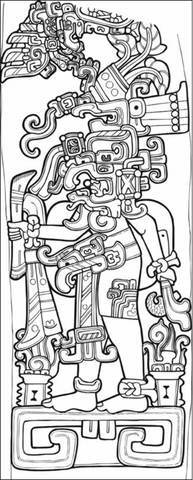
Fig. 26. Kaminaljuyu Stela 11, Guatemala
At Quirigua in Guatemala and Copan in Honduras, great plazas were set aside for the erection of immense limestone stelae bearing the images of kings wearing the heavy tokens of godhood. The same elements seen on Pakal’s sarcophagus lid are abstracted and incorporated into the vestments of the king in many of these royal portraits. Copan Stela H depicts the king Waxaklajun Ub'aj K'awil (reigned ad 695–738) wearing the net skirt also worn by Pakal on his sarcophagus lid, in token of the Maize God (see fig. 27). On the back of this stela, the sun god is seen wearing his sacrificial bowl, and the sacred bird Itzam Ye is perched above it (see fig. 28). On Quirigua Stela F (see fig. 29), King K'ak' Tiliw Chan Yoat (reigned ad 724–785) wears the image of Itzam Ye as a headdress, with three panaches of feathers representing the bird’s wings and tail feathers cascading elegantly about the king’s head. A personified tree appears on his loincloth, while ear jewels in the shape of ceiba tree flowers appear on either side of his head. The king holds in his arms the coils of the double-headed vision serpent, which winds about the branches of the World Tree, just as it is depicted on Pakal’s sarcophagus. Deities emerge from both of the serpent’s open jaws. The stone portrait thus depicts the king as a personified World Tree.
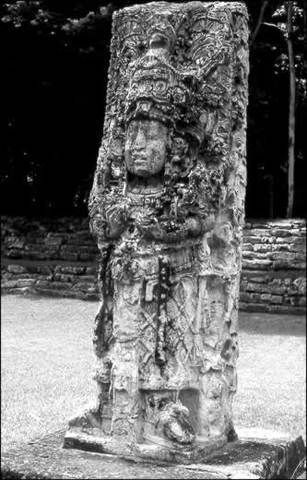
Fig. 27 King Waxaklajun Ub’aj K’awil, Copan Stela H, Honduras

Fig. 29. King K’ak’ Tiliw Chan Yoat, Quirigua Stela F (north and south faces), Guatemala
Conclusion
In the Maya world death was a crisis. It was the victory of unseen and little-understood forces over a member of the community. When death took a king—particularly one considered to be a divine being, as were Maya rulers—the crisis took on universal proportions, threatening the very existence of the world and life itself. Royal tombs were constructed by the Maya as a desperate attempt to forestall this horror by ritually ensuring the king’s triumph over death and darkness. At Palenque, and in numerous other Maya centers, the ultimate expression of this ability to escape the harrowing of the underworld was the World Tree. It was the central focus of the Maya’s journey into the afterlife and the principal token of the power to overcome death. Its blossoms symbolized the purity of the human soul. In ancient Maya art this tree could be represented as a ceiba tree, a cacao tree, a calabash tree, any number of other trees, or a stalk of maize. The actual species of tree makes little difference since each is a metaphor, representing the sacred power inherent in the fabric of the cosmos to allow kings, the sun, and all other mortal things to emerge from death to new life.
All images from The Tree of Life: From Eden to Eternity

